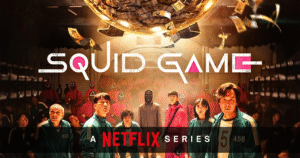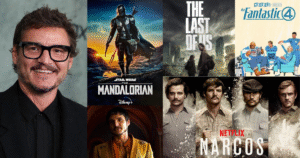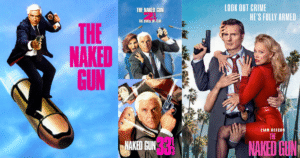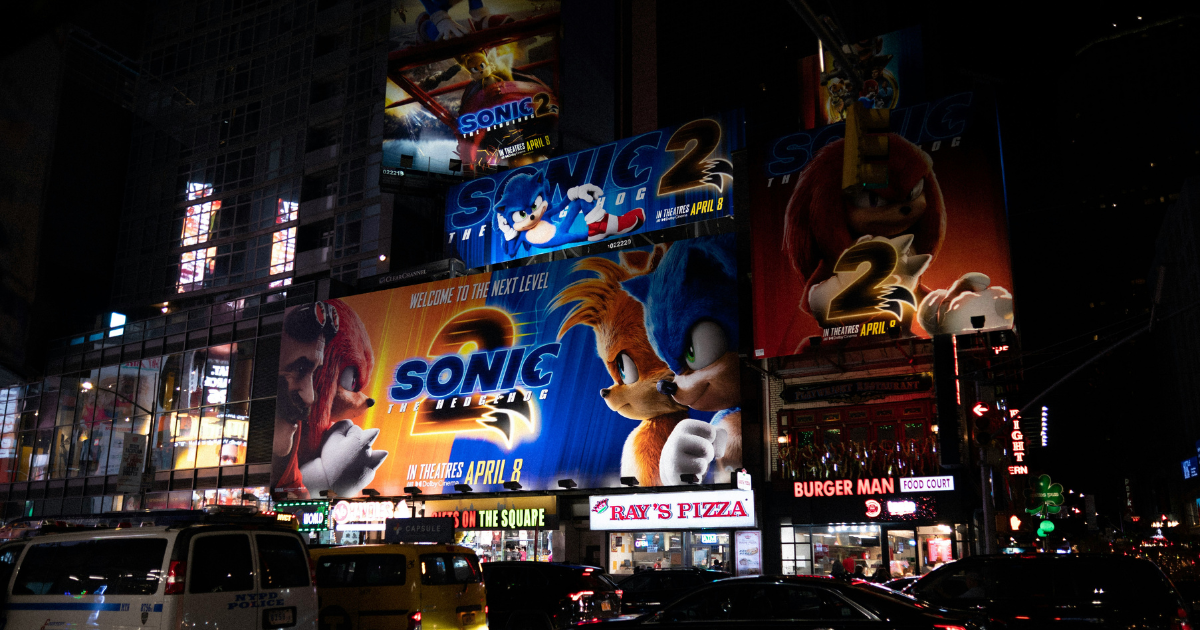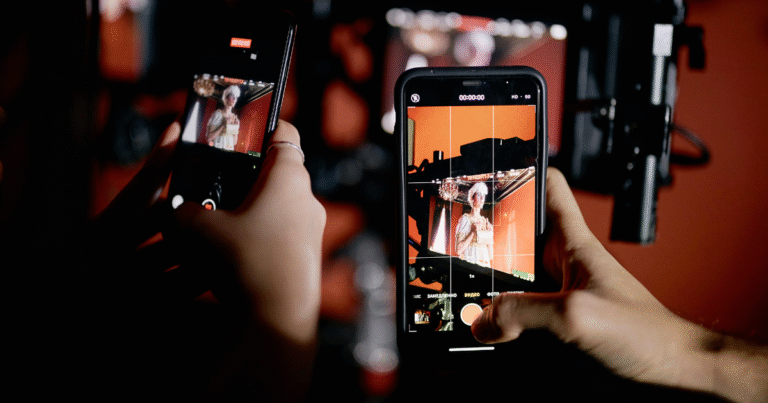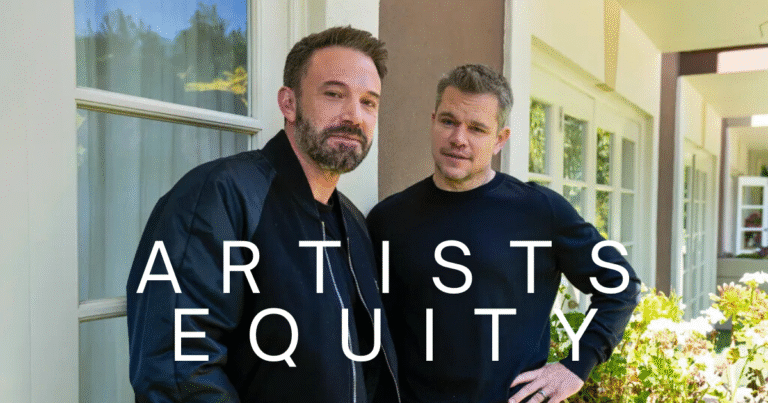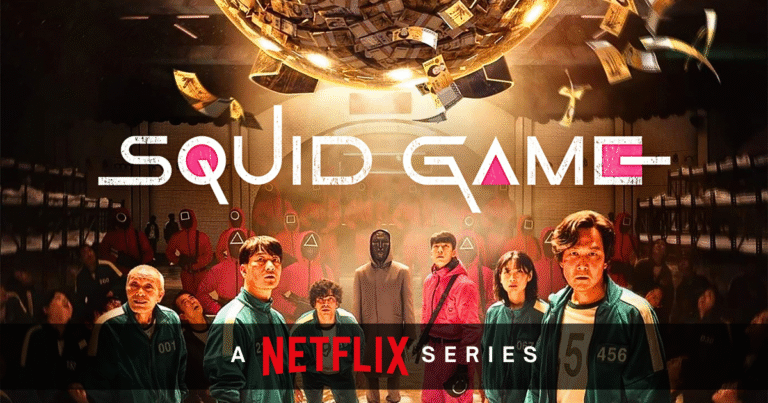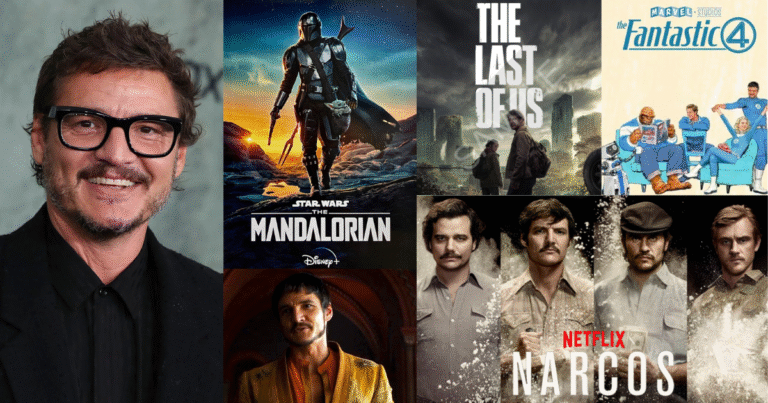When you think of a blockbuster movie, what comes to mind?
Explosions, A-list stars, epic soundtracks, and probably a huge production budget. But here’s something that might surprise you: in many cases, the marketing budget for a movie can be just as big, or even bigger, than the cost of making the film itself.
Yes, you read that right.
In today’s movie business, marketing plays a massive role. It’s not just about shooting a film anymore, getting people into theaters (or streaming online) is an entirely separate battle, and it doesn’t come cheap.
Let’s dig into how movie marketing budgets compare to production costs, and why the business side of cinema is just as dramatic as the stories on screen.
What Counts as a Movie’s Production Budget?
A movie’s production budget covers everything involved in actually making the film. This includes:
- Cast and crew salaries
- Sets, costumes, and locations
- Camera equipment and special effects
- Post-production editing, sound design, and music
Big studio films like Avengers: Endgame or Avatar can easily spend $200–300 million just on production. Indie films might get made for a few hundred thousand dollars. But no matter the scale, once a film is shot and edited, the real challenge begins, getting people to watch it.
What Is a Marketing Budget?
A movie’s marketing budget, often referred to as “P&A,” which stands for Prints and Advertising, covers everything related to promoting the film. Think:
- Trailers and teasers
- Posters and billboards
- Press tours and interviews
- TV spots and YouTube ads
- Social media campaigns
- Influencer partnerships
- Merchandising and tie-ins
- Premiere events
In the age of global releases and online buzz, marketing is a beast of its own. Studios invest millions to ensure their movie is everywhere, on your feed, on your street, and even in your cereal box.
When Marketing Costs More Than the Movie
Here’s where things get wild: it’s not unusual for a film’s marketing budget to match or exceed its production budget. Let’s take a few examples:
- The Lion King (2019) had a production budget of around $260 million. Disney reportedly spent close to $150 million on marketing worldwide.
- Justice League (2017) cost about $300 million to make, and its global marketing budget was estimated at $150 million.
- Deadpool (2016) was a standout. It had a modest $58 million production budget but only spent around $30 million on marketing. Yet its clever, viral campaigns made it a global hit.
So, while marketing budgets don’t always outpace production costs, they often come close, and in some cases, smart marketing can double or triple a film’s earnings.
Why Spend So Much on Marketing?
A movie can be a masterpiece, but if no one hears about it, it’ll flop. Marketing is what creates hype, builds buzz, and ultimately gets audiences to show up on opening weekend. And that weekend? It’s make or break.
Studios often recover the bulk of their investment within the first few days of a film’s release. So the pressure is on to make those first impressions count. That’s why trailers drop months in advance, social media campaigns are timed perfectly, and big stars go on global press tours.
The more a studio invests in marketing, the more it hopes to see returns. But it’s not a guaranteed win.
Does Spending More Always Pay Off?
Not necessarily. Some of the biggest flops in movie history had massive marketing budgets:
- John Carter (2012) had a production cost of around $250 million and reportedly spent over $100 million on marketing. It bombed, costing Disney a fortune.
- The Flash (2023) also had a sizable marketing campaign, but poor reviews and audience fatigue led to disappointing box office returns.
On the flip side, smart and cost-effective marketing can turn a modest movie into a smash hit. Think of:
- Paranormal Activity (2007) made for just $15,000, with marketing that emphasized “audience reactions” instead of traditional ads. It grossed nearly $200 million.
- The Blair Witch Project (1999) pioneered online viral marketing before it was even a thing, and it worked.
So it’s not just about spending big, it’s about spending smart.
The Rise of Digital and Social Media Marketing
Today’s movie marketing doesn’t rely on just TV spots or posters in theaters. Social media has changed the game completely.
Studios now create entire content calendars filled with teaser drops, behind-the-scenes videos, memes, and TikToks. Influencer partnerships are becoming standard. Hashtags trend globally within minutes. And yes, even the actors are expected to promote their own films online.
This shift has allowed smaller-budget films to compete with the big players, especially if their campaigns go viral. It’s also created more pressure for studios to constantly stay ahead of trends and keep content flowing non-stop.
How Much Is Too Much?
It’s a fine line. Spend too little, and no one notices your film. Spend too much, and you risk never making your money back. That’s why studios use detailed analytics, audience testing, and data-driven strategies to decide where and how to invest their marketing dollars.
What This Means for the Future of Movies
As streaming grows and theater attendance shifts, marketing will keep evolving.
The key takeaway? In modern filmmaking, creating the movie is just half the job. Selling it is the other half, and sometimes, it costs just as much.
So next time you’re watching a trailer or see a poster on a bus, remember: someone spent millions to make sure you did.
